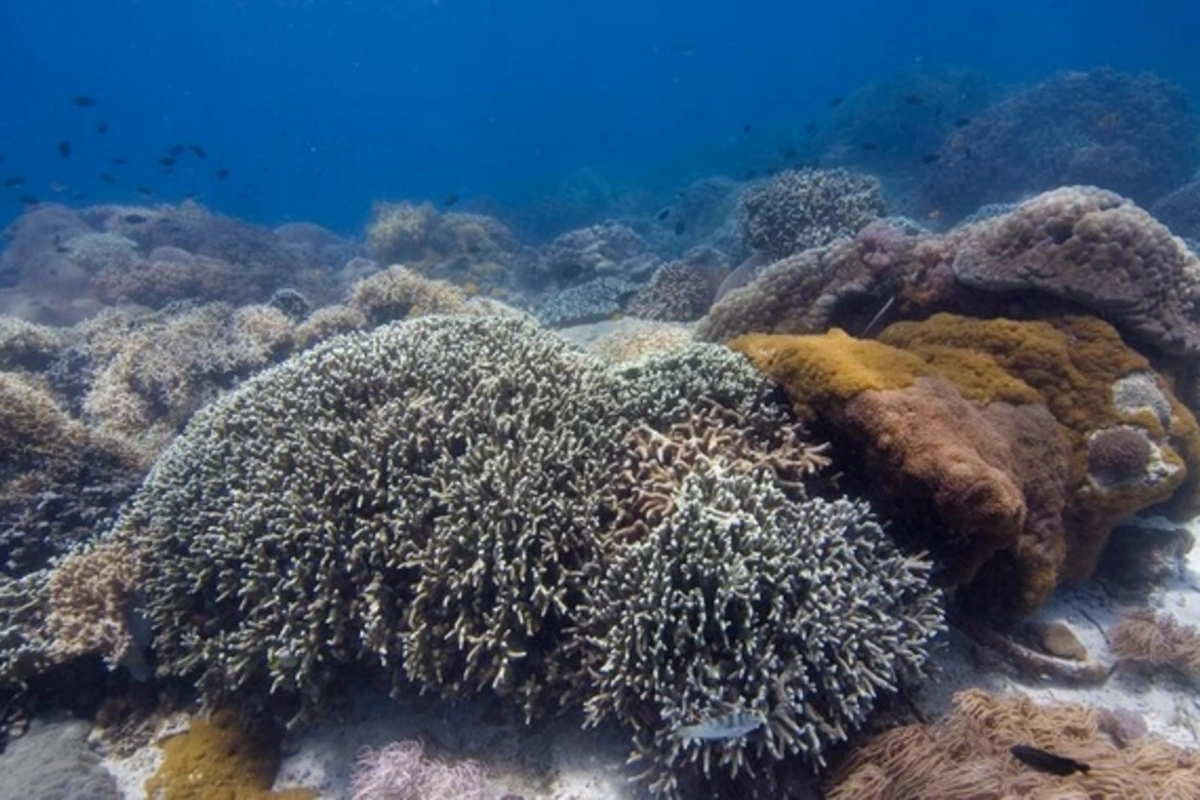24 Jul , 16:59
0

Ecological disaster in the Pacific Ocean: marine life under threat of extinction. Fish populations are declining, mollusks are dying en masse, and the fishing industry is suffering losses. A REN TV correspondent investigated the causes of this alarming trend.
The sea surface has turned into a green carpet – algae and seaweed have formed a dense layer extending one and a half meters deep. These once-rich territories have become unsuitable for echinoderms, sponges, and mollusks – vegetation has ruthlessly displaced marine inhabitants.
"Oysters or Japanese scallops develop in colonies. Such places are scientifically called banks. This scallop bank has existed for more than 10 years," the correspondent showed.
The bottom, strewn with empty mollusk shells, represents a cemetery of marine fauna – venus clams, ark clams, and surf clams have died in huge numbers. It is especially alarming that most of the dead are young specimens that should have been the future of the Sea of Japan.
"Most likely, we will note mass mortality. And this is not immediately visible. This local overheating – the mollusk got sick, like any living organism. Once sick, it can be ill for several months. It may die in winter, not survive the winter," explained Sergey Maslennikov, senior researcher at the Zhirmunsky National Scientific Center of Marine Biology, Far Eastern Branch of the Russian Academy of Sciences.
During the summer period, mollusks should actively accumulate nutrients, but due to abnormally high water temperatures, they are in a state resembling being cooked – sluggish and inactive. Usually, the Sea of Japan reaches such temperatures only for a couple of weeks in August. However, this year, the Korean current warmed the water already in June, creating a prolonged three-month stress for marine inhabitants.
"Each hydrobiont, in our case the oyster, has an optimal regime in different parts of the world in which it develops and grows. When the water gets colder, it goes into suspended animation, stops feeding. When the water gets warmer, it feels bad, hot, resulting in natural die-off," explained aquafarmer Sergey Vakhnin.
Aquafarmers report that this year's natural die-off significantly exceeds normal indicators. In addition, cages with juveniles have to be cleaned of microalgae much more frequently. All these factors inevitably affect the cost of cultivated mollusks – prices are rising to cover the increased maintenance costs.
"We can only adapt our technological process to the conditions that arise. There is no major influence on the process. If the water warms up sharply, everything will die off," noted aquafarmer Alexander Patrin.
Scientists currently strongly advise against consuming wild mollusks. The increased water temperature has made them potentially dangerous to human health.
"Algae have appeared in quite high concentrations, which can be potentially dangerous because they produce diarrheal toxins that are subject to mandatory control in seafood," explained Tatyana Orlova, leading researcher at the Zhirmunsky National Scientific Center of Marine Biology, Far Eastern Branch of the Russian Academy of Sciences.
The abnormal heat in the Sea of Japan has caused natural fish migration. Cold-loving species have left these waters, giving way to southern inhabitants.
The temperature in the southern region now equals that of the subtropics – Vietnam and Thailand. Warm water is certainly more pleasant, but also more dangerous. And mollusks and farmers were not prepared for this.